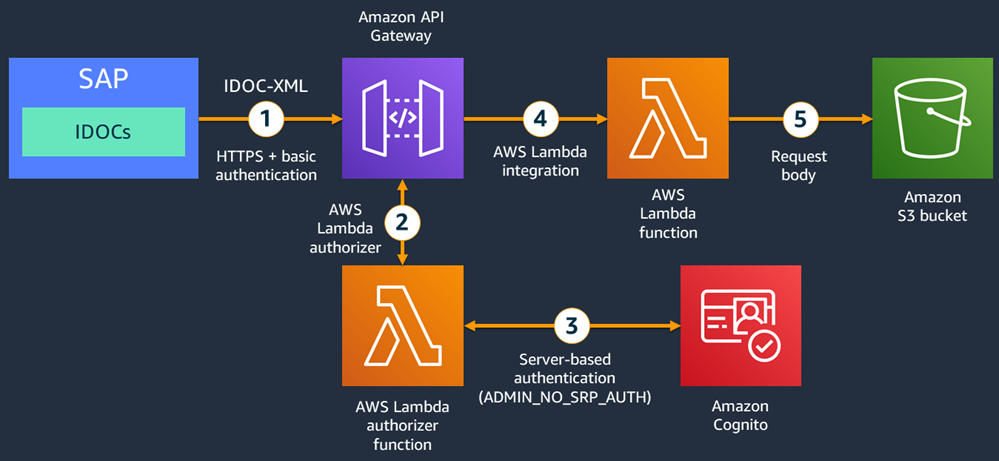AWS for SAP
Category: Advanced (300)
Microsoft SQL Server HA design and configuration for SAP on AWS
During my time as part of the AWS Professional Services SAP Global Specialty Practice, one of the key things I’ve found that customers look for is a high availability (HA) set up for their business/mission-critical SAP applications. In this blog post, we will talk about the HA design and configuration option for customers running […]
SAP backups on AWS using Commvault – architecture and core component deployment
In this blog series, we cover best practices for customers to use Commvault to back up and recover their SAP instances securely. Customers who run SAP on AWS today have various backup solutions available to back up their SAP instances. Some use cloud-native AWS services while others continue to use their enterprise backup solutions like […]
Reducing downtime with Oracle XTTS method for cross-platform SAP migrations
In this blog, we provide high-level steps on how to reduce downtime for cross platform SAP migrations by using Oracle XTTS method with Incremental Merge. Using the approach described, we were able to migrate our customer’s critical 16TB SAP workload from AIX/Oracle on-premises to OEL/Oracle on AWS within a 24 hour cutover window.
SAP monitoring: A serverless approach using Amazon CloudWatch
This blog post shows you a way to monitor SAP ABAP-based systems with Amazon CloudWatch. It also provides an out-of-the box solution with a baseline of SAP application metrics that can be deployed through the AWS Serverless Application Repository and AWS CloudFormation.
How to integrate Amazon WorkSpaces with SAP Single Sign-On
SAP Single Sign-On allows users to have secure access to SAP and non-SAP systems using centralized authentication whether the systems are on-premises or in the cloud. SAP Single Sign-On provides the simplicity to manage users’ authentication, secure data communication, and integrate with two-factor and risk-based authentication. This includes possession of mobile phone and RSA SecurID […]
How to use snapshots for SAP HANA database to create an automated recovery procedure
In this blog post, we describe a cloud native approach to demonstrate the power and capabilities of AWS. There are still good reasons for HANA System Replication (HSR) or third-party cluster software to build productive systems in cloud environments. However, we focus on an alternative approach by using cloud native features, such as Amazon EC2 Auto Scaling and Amazon Elastic Block Store (EBS) Snapshots. With these features we build an infrastructure with native backup/restore functionality, automated processes, and the focus of low costs, for non-critical SAP applications.
Automating SAP migrations using CloudEndure Migration
Enterprises looking to rehost a large number of SAP systems to AWS can use CloudEndure Migration without worrying about compatibility, performance disruption, or long cutover windows. With CloudEndure Migration, you can also migrate SAP workloads from one AWS account to another.
SAP IDoc integration with Amazon S3 by using Amazon API Gateway
See how to store SAP IDocs in Amazon Simple Storage Service (Amazon S3) by using Amazon API Gateway, with AWS Lambda authorizers and Amazon Cognito both providing the authentication layer.
AWS Transfer for SFTP for SAP file transfer workloads – part 1
In this series of blog posts, learn how to integrate your SAP Process Integration and Orchestration (SAP PI/PO) and SAP Cloud Platform Integration with AWS Transfer for SFTP (AWS SFTP). Also, see how to use the data that AWS SFTP stores in Amazon Simple Storage Service (Amazon S3) for post-processing analytics.
AWS Single Sign-On integration with SAP Fiori in S/4HANA
Learn how to use AWS Single Sign-On (AWS SSO) to enable your SAP users to access your SAP Fiori launchpad without having to log in and out each time, providing a better experience for your SAP users while ensuring the integrity of enterprise security.








